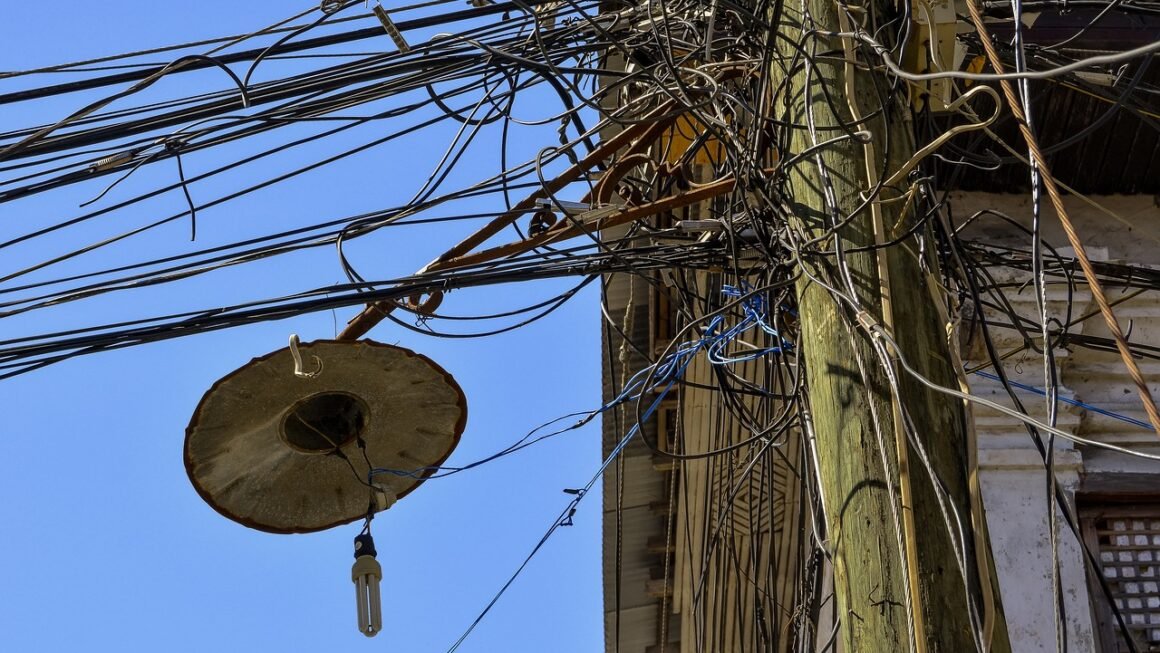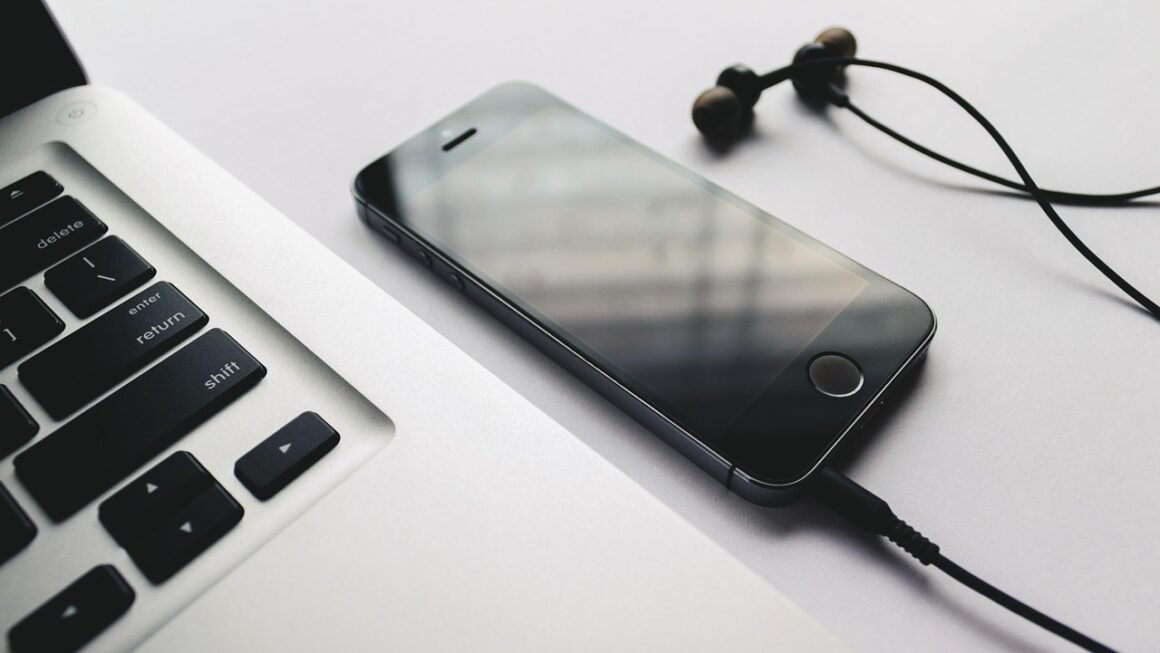Running out of battery on your phone or tablet while you’re on the go is a universal frustration. Whether you’re traveling, commuting, attending a conference, or simply away from a power outlet, a portable charger – also known as a power bank – can be a lifesaver. But with so many options available, choosing the right portable charger can feel overwhelming. This guide will walk you through everything you need to know about portable chargers, helping you make an informed decision and stay powered up no matter where life takes you.
Understanding Portable Charger Capacity & Power Needs
The capacity of a portable charger is measured in milliampere-hours (mAh). This rating indicates how much power the charger can store and, consequently, how many times it can recharge your devices. Understanding your device’s battery capacity and your charging needs is crucial for selecting the right power bank.
Determining Your Device’s Battery Capacity
- Check your device’s specifications: The easiest way to find this information is by looking up your device’s model number online and searching for its battery capacity. For example, an iPhone 14 has a battery capacity of approximately 3,274 mAh, while a Samsung Galaxy S23 has a battery capacity around 3,900 mAh. An iPad Pro 12.9-inch has a much larger battery, around 10,758 mAh.
- Consult your device’s manual: The user manual that came with your device should also list the battery capacity.
- Check the battery itself (if possible): Some devices allow you to access the battery directly, where the capacity is often printed. However, this is less common with modern smartphones.
Matching mAh to Recharging Needs
- Rule of thumb: To fully recharge a device, you need a portable charger with a capacity slightly higher than your device’s battery capacity. This is because some power is lost during the charging process due to heat and voltage conversion. Expect roughly 60-70% efficiency.
- Example: To fully recharge an iPhone 14 (3,274 mAh), you’d ideally want a power bank with at least 5,000 mAh capacity to ensure a full charge plus a little extra. A 10,000 mAh power bank could recharge the same iPhone 14 roughly twice, potentially more depending on usage.
- Consider multiple devices: If you plan on charging multiple devices, choose a portable charger with a higher capacity. A 20,000 mAh power bank could charge a smartphone multiple times, a tablet once or twice, and still have some juice left over.
- Long trips & emergencies: For extended travel or situations where access to power is limited, consider a very high-capacity power bank (20,000 mAh or higher). These can provide several days’ worth of power for multiple devices.
Practical Considerations
- Avoid “stated” vs. “actual” capacity: Some manufacturers exaggerate the capacity of their power banks. Read reviews and stick to reputable brands to ensure accurate capacity.
- Weight and portability: Larger capacity power banks tend to be heavier and bulkier. Balance your power needs with the desire for portability. Consider a smaller, more compact charger for everyday use and a larger one for travel.
Types of Portable Chargers
Portable chargers come in various shapes, sizes, and functionalities. Understanding the different types available helps you choose the one that best suits your needs.
Standard Power Banks
- Description: These are the most common type of portable charger, typically rectangular and available in various capacities.
- Pros: Wide range of options, relatively affordable, generally reliable.
- Cons: Can be bulky depending on capacity.
- Examples: Anker PowerCore 10000, INIU Portable Charger, Mophie Powerstation.
Wireless Power Banks
- Description: These power banks allow you to charge Qi-compatible devices wirelessly by simply placing them on the charger.
- Pros: Convenient, no need for cables, works with Qi-enabled devices.
- Cons: Charging can be slower than wired charging, requires device to be compatible with wireless charging, and often costs more.
- Examples: Samsung Wireless Portable Charger, Anker PowerCore III Wireless 10000.
Solar Power Banks
- Description: These chargers use solar panels to recharge their internal batteries.
- Pros: Environmentally friendly, can be recharged in sunlight, useful for outdoor activities.
- Cons: Charging via solar panel is slow and dependent on sunlight availability, typically bulky.
- Examples: FEELLE Solar Power Bank, BLAVOR Solar Charger Power Bank. Be sure to check reviews on solar performance.
Keychain Power Banks
- Description: Small, lightweight power banks designed to attach to your keychain.
- Pros: Extremely portable, convenient for emergencies.
- Cons: Low capacity, only provides a small amount of charge, often limited to certain device types.
- Examples: Charmast Mini Portable Charger, Miady Portable Charger (Small Size).
Power Bank Cases
- Description: Phone cases with built-in batteries, providing extra battery life and protection.
- Pros: Convenient, combines phone protection with extra battery power.
- Cons: Adds bulk to the phone, limited to specific phone models, can be expensive.
- Examples: Mophie Juice Pack (for various iPhone models), Alpatronix Battery Case (for various Samsung models).
Essential Features to Consider
Beyond capacity and type, several key features can significantly impact your experience with a portable charger.
Charging Ports
- USB-A: The standard USB port, compatible with most devices. Look for models that support fast charging via USB-A (e.g., Quick Charge 3.0).
- USB-C: Becoming increasingly common, USB-C offers faster charging speeds and can be used to charge a wider range of devices, including laptops and newer smartphones. Power Delivery (PD) is a key feature to look for with USB-C, allowing for even faster charging.
- Micro-USB: An older standard, primarily used for charging the power bank itself. Many newer power banks are phasing out Micro-USB in favor of USB-C.
- Multiple Ports: Look for power banks with multiple output ports to charge multiple devices simultaneously. Consider the wattage output of each port when charging multiple devices at the same time to ensure optimal speeds.
Charging Speed & Technology
- Fast Charging: Technologies like Qualcomm Quick Charge and USB Power Delivery (PD) can significantly reduce charging times. Ensure your device and the power bank both support the same fast charging standard.
- Input Charging Speed: The speed at which the power bank itself recharges is also important. Look for power banks that support fast charging input, so you can quickly replenish their battery.
- Voltage & Amperage: Ensure the voltage and amperage output of the power bank are compatible with your devices. Using a charger with the wrong voltage can damage your device.
Safety Features
- Overcharge Protection: Prevents the power bank from overcharging your devices, protecting their batteries.
- Overcurrent Protection: Protects against excessive current flow, preventing damage to both the power bank and your devices.
- Short Circuit Protection: Safeguards against short circuits, preventing fires and other hazards.
- Temperature Control: Monitors the temperature of the power bank and prevents overheating.
Other Useful Features
- LED Indicators: Show the remaining battery level of the power bank.
- Built-in Cables: Some power banks have built-in cables, eliminating the need to carry separate charging cables.
- Pass-Through Charging: Allows you to charge the power bank and your device simultaneously.
- Rugged Design: Power banks designed for outdoor use often feature rugged designs that are water-resistant and shockproof.
Choosing the Right Portable Charger: A Step-by-Step Guide
Selecting the best portable charger requires careful consideration of your needs and preferences. Follow these steps to make the right choice:
Conclusion
Choosing the right portable charger is an investment in convenience and peace of mind. By understanding your charging needs, the different types of power banks available, and the essential features to consider, you can select a portable charger that keeps you powered up and connected, wherever you go. Don’t be caught with a dead battery again!




